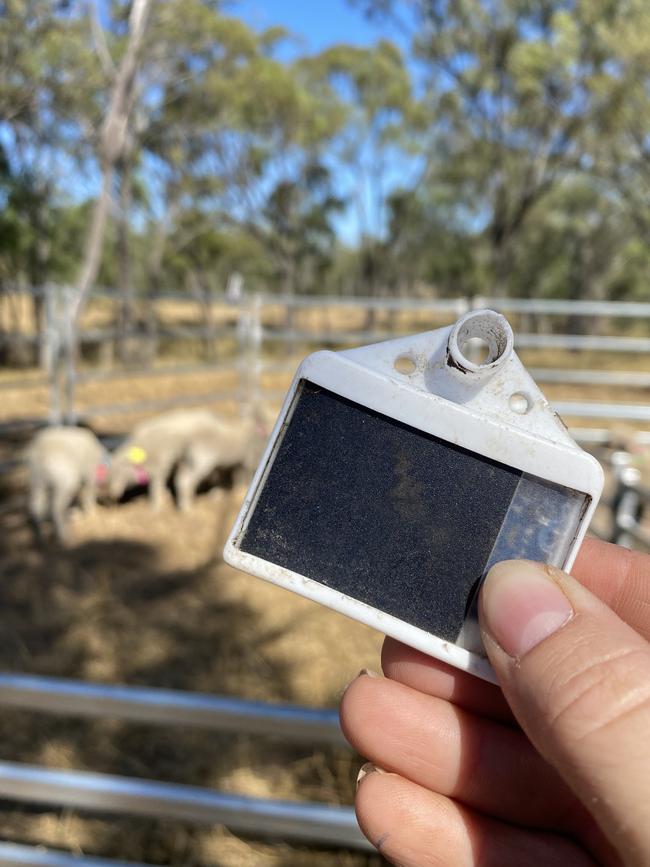Barber’s pole worm: Dr Matt Playford on the rise of worms due to climate change
A leading expert has warned that continued wet and humid summers could see a significant rise in potentially fatal livestock worm issues.
Climate change could see more worm issues emerging in stock if warm, wet summers push further south.
And the rise in incidence of Barber’s pole worm in southern NSW and northern Victoria could be a sign of things to come.
Dr Matt Playford told a Sheep Connect NSW webinar last week that Barber’s pole worm was traditionally found in northern NSW as it favoured warm, wet summers.
But similar conditions across southern NSW and northern Victoria have seen a rise in its incidence further south this summer, with a lack of hot, drying weather allowing Barber’s pole to take hold in many flocks.
“Barber’s pole may now be considered an issue every year now in a new area,” Dr Playford said.
He said this type of worm could cause sheep to go downhill very quickly, because the worms had a high egg-laying capacity (an average female can lay 2500 eggs a day) and each adult worm sucked blood from the sheep’s stomach.
“This is different to other worms which act slowly,” Dr Playford said.
“We’ve had temperatures in the mid-20s, and moisture levels from 40-80 per cent, and all eggs need to turn into larvae is oxygen, temperature, and moisture.
“Each time it rains (over summer), the eggs turn to larvae which are then present in the grass and get transferred to the sheep.”
The sting in the tail is that high worm levels from the past summer will impact on lambing ewes and weaners later in the year, with Dr Playford stressing that paddocks needed to be managed carefully to avoid infecting stock.

“The most common way to clean up paddocks is to lock them up, and five to six months without stock will decrease worm numbers,” he said.
“But if you have 40,000 eggs/kilogram of dry matter, and locking a paddock up decreases this by 90 per cent, you still have 4000 eggs/kilogram of dry matter, which is too high for lambing ewes and weaners.”
Dr Playford is managing director of Dawbuts Pty Ltd which conducts worm tests across NSW and Victoria, and he said demand for their services had increased dramatically due to the wet summer.
Local Land Services veterinarian Dr Mark Stillman from Albury said he had heard of losses in flocks due to Barber’s pole, and especially in lambs.
“It’s something that is seen in northern NSW normally, but we have had different summer conditions this year (near Albury) and that’s why we are seeing incidences of it,” he said.




